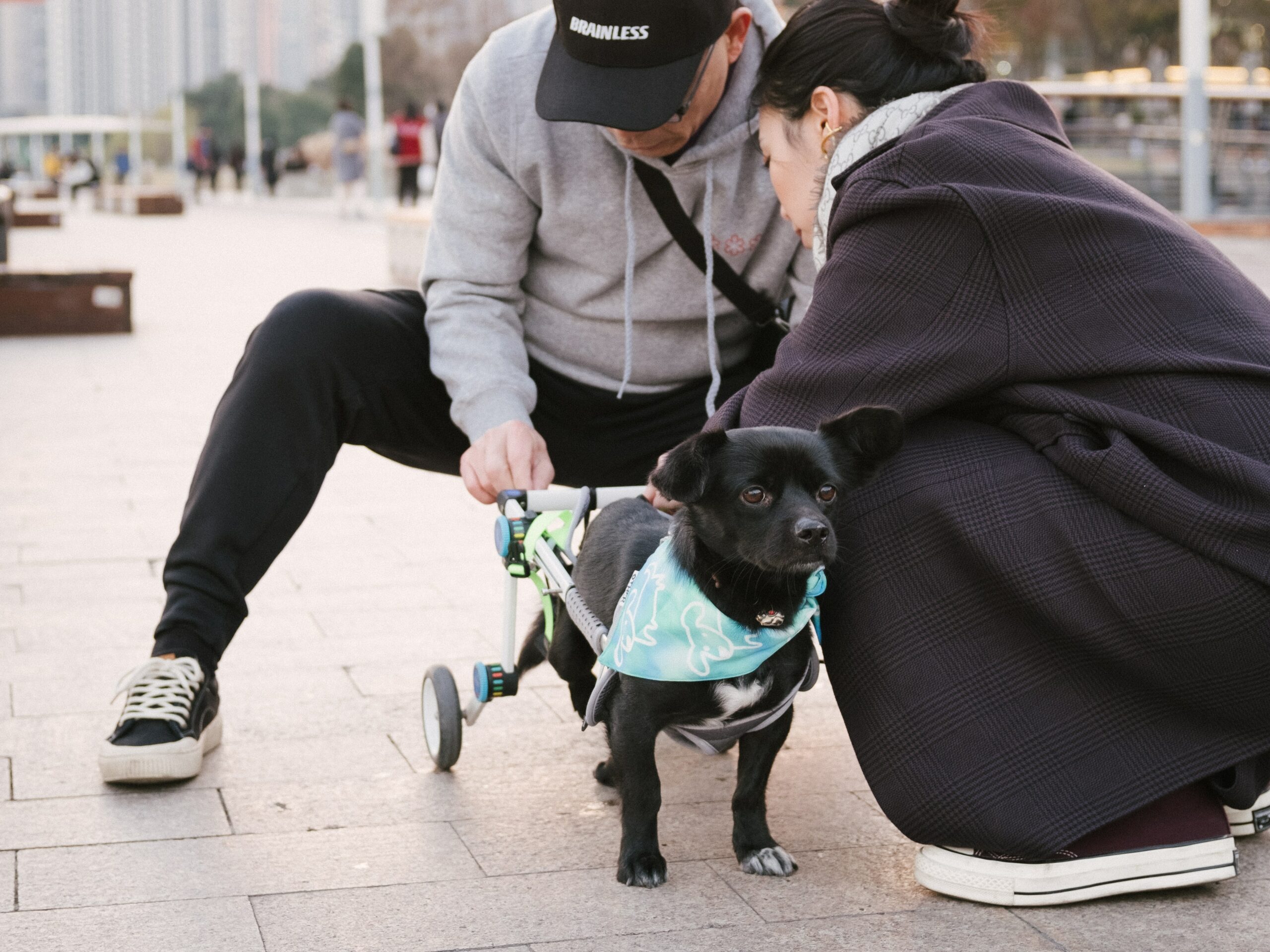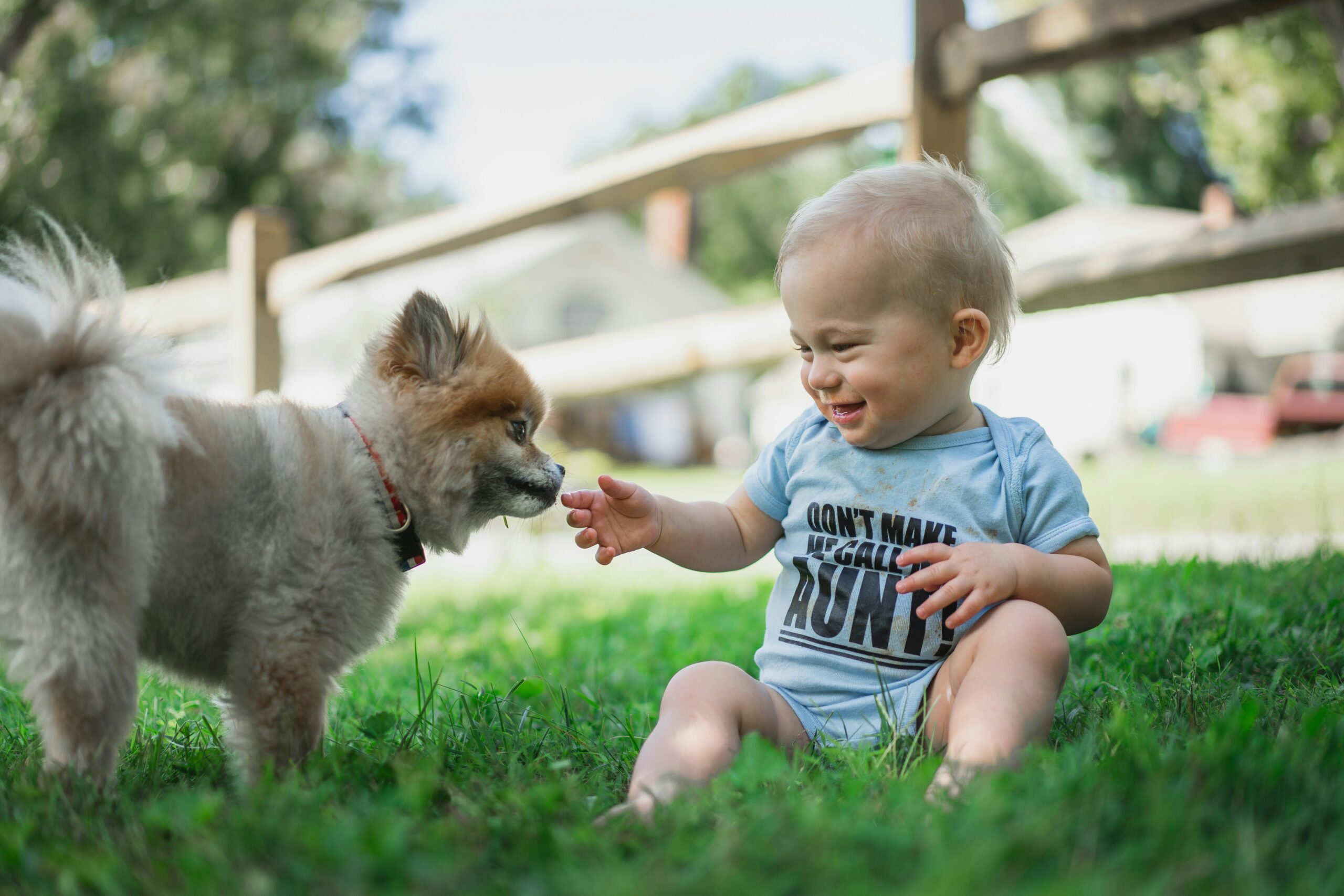Dogs are known for their agility and boundless energy, but when hind leg problems arise, it can be distressing for both you and your furry friend. Hind leg issues in dogs can manifest in various forms, from limping and stiffness to difficulty getting up or climbing stairs. In this article, we’ll explore the common causes of hind leg problems in dogs and discuss potential solutions to help your canine companion regain their mobility and quality of life.
Common Causes of Hind Leg Problems
- Arthritis: One of the most prevalent causes of hind leg problems in dogs is arthritis, a degenerative joint disease that can affect dogs as they age. It causes inflammation and pain in the joints, leading to stiffness and difficulty moving.
- Injury or Trauma: Accidents, falls, or athletic activities can lead to injuries in your dog’s hind legs. Ligament tears, fractures, and muscle strains can result in lameness and pain.
- Hip Dysplasia: Hip dysplasia is a hereditary condition where the hip joint doesn’t develop properly, causing pain and limited mobility in the hind legs. It’s common in larger breeds.
- Obesity: Excess weight puts undue stress on a dog’s joints, particularly in the hind legs. This can lead to various orthopedic issues and difficulty moving.
- Degenerative Myelopathy: This is a progressive neurological disease that affects the spinal cord and hind limbs. It’s more common in older dogs and leads to weakness and loss of coordination.
Solutions for Hind Leg Problems
- Consult a Veterinarian: If you notice any signs of hind leg problems in your dog, the first step is to consult a veterinarian. They can accurately diagnose the issue and recommend appropriate treatment options.
- Medications: Depending on the cause, your vet may prescribe medications like pain relievers, anti-inflammatories, or joint supplements to alleviate discomfort and reduce inflammation.
- Physical Therapy: Physical therapy and rehabilitation can be highly beneficial for dogs with hind leg problems. These sessions can include exercises, underwater treadmills, and massage to improve muscle strength and mobility.
- Weight Management: If obesity is a contributing factor, work with your vet to create a weight management plan that includes a balanced diet and regular exercise to reduce stress on the hind legs.
- Assistive Devices: Mobility aids like braces, carts, or harnesses can provide support and help your dog move around more comfortably.
- Surgery: In some cases, surgery may be necessary to correct structural issues or injuries. Your vet will discuss this option if it’s deemed appropriate.
- Holistic Therapies: Some pet owners find that holistic therapies like acupuncture, chiropractic care, reiki, cold laser therapy, cranial sacral treatments, or herbal supplements can complement traditional treatments and provide relief.
- Adapt the Environment: Make adjustments to your dog’s living space, such as providing ramps for stairs, non-slip flooring, and orthopedic bedding to enhance comfort and ease of movement.
- Co-dependence: Dogs and other pets often take on their parents (or other pets ailments). Many parents and pets match in their symptoms from thyroid to depression to bad knees. Be sure you are responsible for taking care of your body and remind your pet not to take on your stuff.
Conclusion
Hind leg problems can be distressing for both dogs and their owners, but with proper care and attention, many dogs can regain their mobility and enjoy a good quality of life. Early detection, consultation with a veterinarian, and a comprehensive treatment plan tailored to your dog’s specific needs are key to overcoming hind leg issues. Remember that every dog is unique, so the right solution may vary, but your dedication to their well-being is what matters most.
Photo credit: https://unsplash.com/photos/XJcTME7FOJM
Did you find this city dog content helpful? Share it with a friend or link it to social media. Enjoy short clips of silly dogs? Best dog training videos? Holistic puppy training tips? Follow us on instagram @nydognanny or on YouTube at nydognanny. Have some news you needs to get to dog and cat parents stat? Email info@newyorkdognanny.com with your article pitch.




